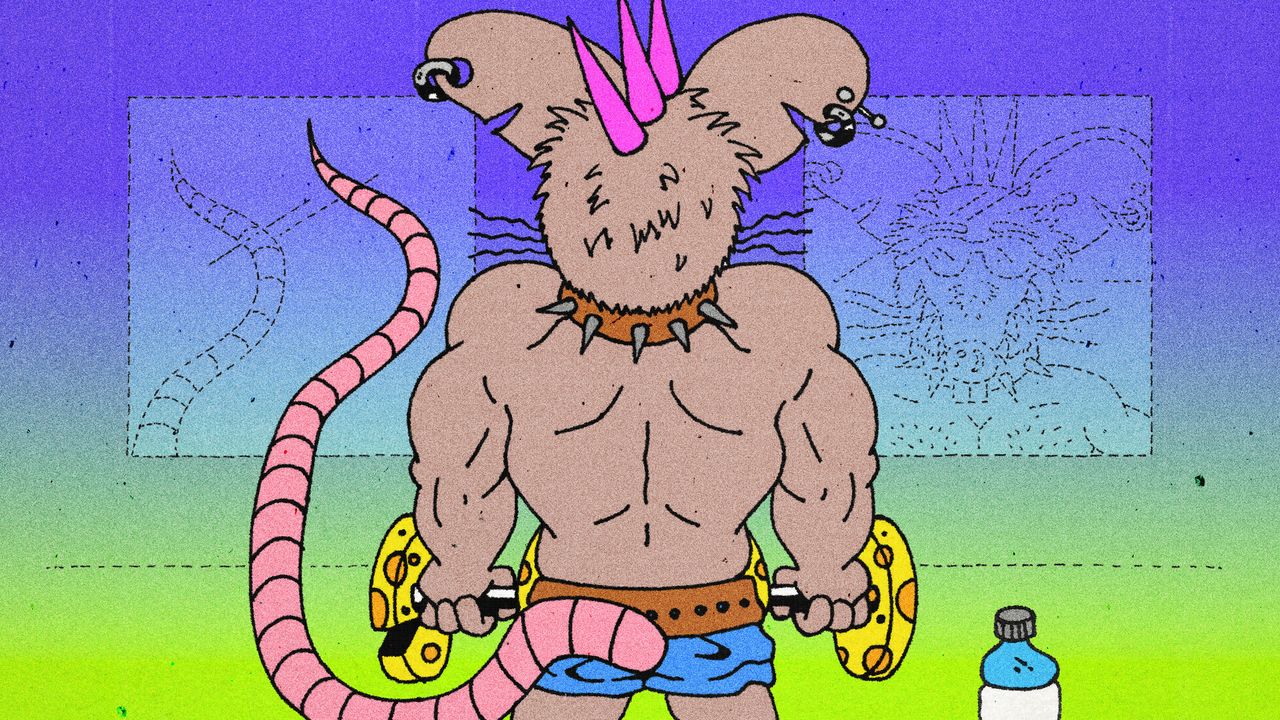A broad, well-defined back is a cornerstone of any well-rounded physique. But that’s not the only reason to pump up your posterior—it’s also a critical way of improving posture, reducing back pain, and preventing injury. “A lot of times when people come in with shoulder pain,” says Alex Corbett, PT, DPT, a physical therapist at Breakthrough Physical Therapy, “what we look at first is the development of their back.”
“One of the reasons training the back is so important is not just back development, but [because] there’s just so much muscle tissue there, and when you stress all that muscle tissue, all these other benefits of strength training, from hormone production to increased basal metabolic rate, they’re all amplified,” says Luke Carlson, founder and CEO of Discover Strength.
Back exercises don’t always get as much of our attention as they deserve. “We have this thing where we tend to train the muscle groups that are visible in the mirror. Most guys focus on biceps over triceps, pecs over back, quads over hamstrings,” says Carlson. But, he continues, “There’s so much potential for what we can do with the back for most people. Even people who have trained consistently for years, they probably haven’t maximized the training of their back.”
Here are the best exercises to do on back day, according to Dr. Corbett and Carlson.
Pull-over
“The pullover is probably the single most magical exercise in all of strength training, and yet most people have never done a pullover before,” says Carlson, who admits the pullover machine seems to have fallen out of fashion over the past few years. “In the ’70s, ’80s, and ’90s, that’s all anybody used to develop their lats,” he says. “We’ve just gotten away from it, but it’s truly the magic back machine.” The pullover excels in its ability to target your lats directly and minimize the need for supporting muscles that may fail out before your back. “Almost every other exercise we’re going to talk about—chin-ups, rows, pull-downs—there’s a limitation,” Carlson says. “The limitation is that our biceps and our forearms are much weaker than our powerful back muscles. And so when we reach the point of fatigue or muscle failure, we’re almost always failing because our biceps or our forearms are the weak link.” The pullover bypasses those weak links, allowing you to concentrate all your effort on your lats.
How to do it:
